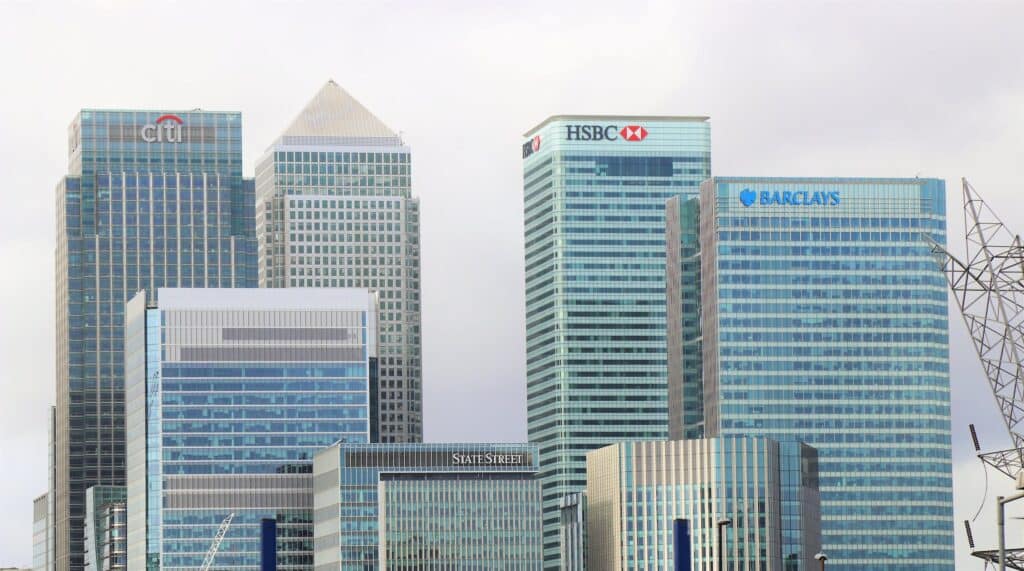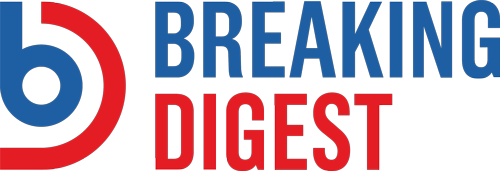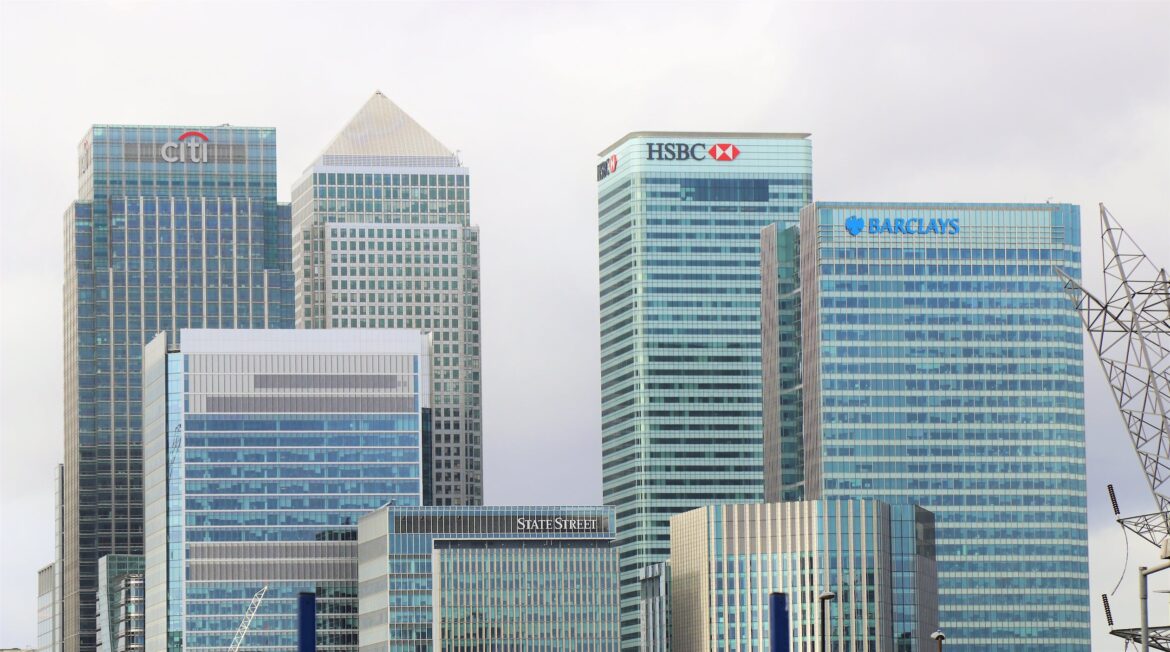
HSBC Global Private Banking predicts the US dollar will weaken; investors should get ready.
A slowing US economy and the Federal Reserve’s plan to stop raising interest rates by mid-2023 are two factors that analysts believe would weigh on the value of the dollar in the second half of 2023, according to a research note published.
The London-based bank’s CIO for private banking, Willem Sels, and his colleagues predict that the US dollar will begin heading downward again due to slowing US growth and peak rates sometime between the beginning of the third quarter and the end of the year.
With a decline of less than 1% so far this year, the US Dollar Index (which measures the greenback’s strength against a basket of six other currencies including the euro and the Japanese yen) has proven “more resilient than projected,” per Sels’s analysis.
They anticipate the dollar will weaken beginning in July as a result of the Fed’s possible pause in rate hikes and the US economy beginning to suffer the full brunt of the Fed’s tightening program. In an effort to slow inflation, the Federal Reserve has increased interest rates by 475 basis points during the past year.
More than half of traders using CME Group’s Fedwatch predict the central bank to keep rates steady at approximately 5% at its next meeting on May 3.
As a result of the turbulence in the US regional banking sector caused by the collapse of SVB Bank earlier this month, many investors have reduced their expectations for further rate hikes.
The dollar may suffer as a result, as investors seeking higher returns elsewhere would have less incentive to purchase dollars if interest rates remained unchanged.
HSBC forecasts that the US economy will experience a slowdown in growth for the remainder of 2023 as the full impact of the Fed’s rate hikes over the previous year is felt.
As a result, the dollar could decline in value, which is generally interpreted as a sign of investor confidence in the US economy.
Despite the recent instability in the US banking and IT sector lowering the market’s expectation of the number of rises the Fed will make from here, Sels’ team predicts that attention will remain focused on the Fed’s hawkish tone in the near future.
To that end, they concluded, “in the long run, the huge cumulative policy tightening and the impact of greater uncertainty on business mood should compress US growth,” making it more challenging for the US economy to continue to outperform other Western economies.



